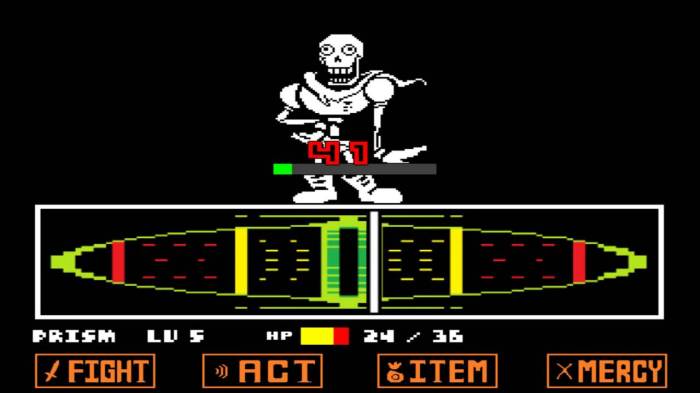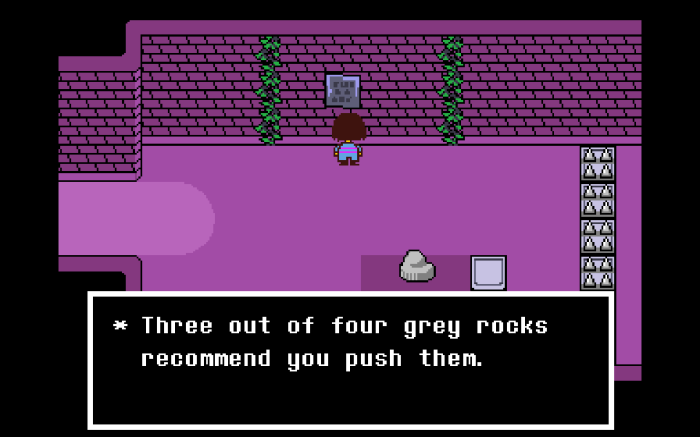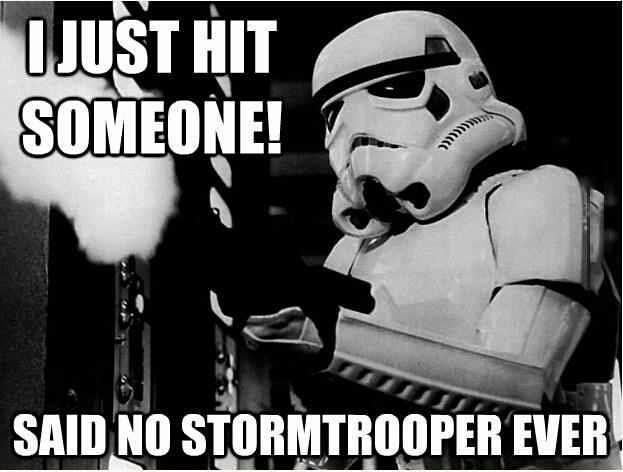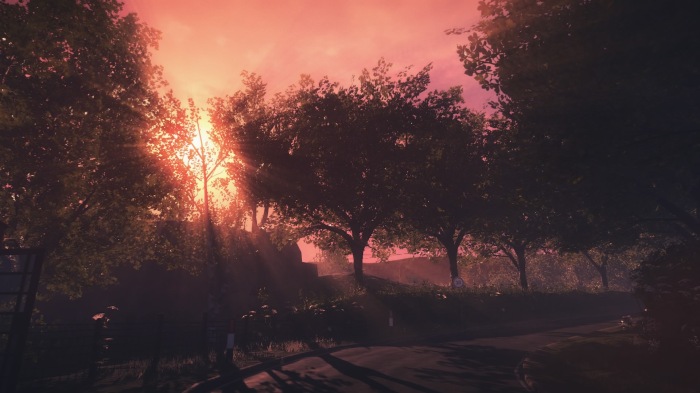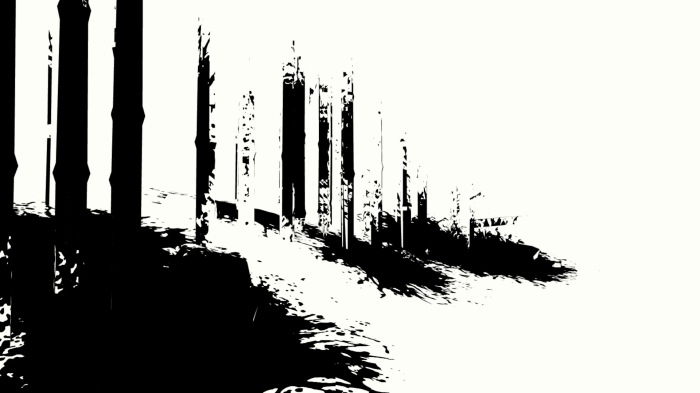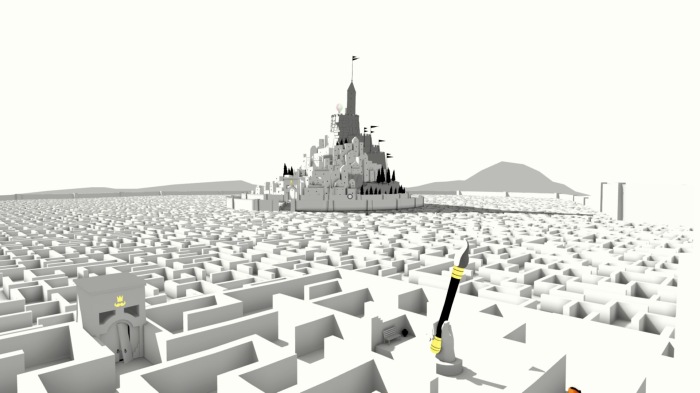It has only been a few months since I played the first three entries of the Uncharted series for the first time, and whilst I was slightly underwhelmed by what is heralded as one of Sony’s flagship IP’s, I thought it would only be right to give the series a chance in Nathan Drake’s final outing. I strongly believe that playing Uncharted: The Nathan Drake Collection in such a close proximity to The Last of Us impacted the way I viewed the Uncharted series, as TLoU provided some of the most incredible experiences in my time spent playing games. Yet, as Uncharted 4 was developed after The Last of Us, I had high hopes that what Naughty Dog achieved in TLoU would reflect onto the latest entry in the Uncharted series. With enough time to reflect on Nathan Drake’s final adventure (I’ve written this post way later than I anticipated), I can safely say that Uncharted 4 took some of the most brilliant aspects from The Last of Us, and breathed life back into a series that could quite easily have become stagnant.
Mild spoilers follow.
The biggest problem I had with the Uncharted series prior to playing the latest entry, was that I found the characters to be pretty tiresome, characters that have been sorely overdone in not only video games but other cultural mediums. Don’t get me wrong, there were plenty of times where main characters Nathan Drake, Elena Fisher, and Victor Sullivan, had great character moments, but overall there was something missing in their characterisation that meant I could never click with them. Playing The Last of Us, whose characters are both interesting and relatable, before playing Uncharted may have impacted the way I looked at these characters, however I’m sure someone out there would agree with me that the potential for these characters to fully shine was never realised. As Uncharted 4 was developed after TLoU, my hopes for richer characterisation of Drake & co. after the praise of TLoU‘s characters have definitely been satiated. I was initially apprehensive that introducing Samuel Drake, Nathan Drake’s long lost brother, would work well since there has never been mention of him before. Yet, his introduction was not only entirely believable, but it added layers of much needed characterisation to the long standing protagonists of the series. Through the flashback chapters to Nate’s childhood (one of my favourite parts of Drake’s Deception that I’m glad they continued) helps us understand Nate’s constant use of adventuring to run away from his problems. Nate’s abandonment by his father, and later Sam, obviously led to feelings of loneliness, and this could be the reason why in later life he partakes in life threatening adventures, so that he can dismiss these feelings. This is why Uncharted 4, in my eyes, is the defining game in the series. We can finally delve deeper into Nate’s character, with the other games only scratching the surface. The best character moments in the game are seen between Nate and Sam, and this is massively helped with the introduction of optional conversations, a feature that also added layers of great characterisation in The Last of Us. Granted, some optional conversations could be easily missed, but conversations such as one that takes place between Sam and Nate in a pub in the abandoned Libertalia, seamlessly blends comedic banter and thought provoking insights into these two characters. Enough about our male protagonists though, Uncharted 4 is noteworthy for carrying on the splendid characterisation Elena received in Drake’s Deception, realising her potential of strength and independence (and a penchant for classic video games!). Elena’s presence throughout the game proved her potential to match the strength and skill of the machismo Nate, and the agency she took in her relationship with Nate was commendable. We were also graced with the introduction of another badass female character, with new antagonist Nadine Ross. Although Rafe Adler was undoubtedly the best villain of the Uncharted series, Nadine was arguably more interesting as she was running the show, and when it came down to it she refused to be just a boring sidekick to Rafe.

What also posed a problem for me playing through the Uncharted series was its issues of pacing. Whilst Drake’s Fortune was the biggest culprit in this, the pacing seemed a little off in the rest of the series. Uncharted 4 massively improves on this, giving adequate spacing to shootouts, puzzles, and story moments that require some time to breathe and reflect on the events that occur. Although shootouts occur about as frequently as the other games, the addition of stealth sequences helps to digest the shooting mechanics which are often criticised. The partner system which takes direct cue from The Last of Us, also adds another entertaining dynamic to shootouts, with physical combat also massively improved in this game. With this in mind, it would be a crime not to mention the improvement Naughty Dog have achieved in their final boss fight. In the first three games, the final boss fights were largely underwhelming, but with the help of an interesting villain, and an exciting action sequence, Naughty Dog should be commended for finally pulling off a finale that the series deserved.
Naughty Dog should also be commended for quite possibly setting a bench mark for the PS4 in graphics terms. Uncharted 4‘s plethora of locations to explore are visually stunning, and although some of the character models have changed quite drastically in the jump to the next generation (I’m looking at you Elena) it is hard to deny that these are some of the most hyperrealistic looking video game characters, and this only adds to the cinematic qualities that the Uncharted series strives to attain. The stunning graphics become apparent as cutscenes seamlessly flow back into gameplay with no massive change in graphics quality, and action scenes that are brimming with explosions could easily be mistaken for a Hollywood action flick. These hyperrealistic graphics also add to the emotion of character driven scenes as facial expressions are translated impeccably through the characters.

It was a risk convincing myself that Uncharted‘s final chapter would be the Uncharted I believed it had the potential to be, due to the experience Naughty Dog had with The Last of Us. However, I firmly believe that A Thief’s End is the best game in the Uncharted series, and this would not have been possible without the lessons learned from the success of The Last of Us. With our well known protagonists finally receiving the characterisation they deserved, and a plot line that didn’t border on the extremely ridiculous with no inclusion of supernatural elements this time around, Uncharted 4 is a well rounded adventure that is arguably a perfect finish to this series. It’s a bitter shame that the whole series wasn’t as brilliant as Nate’s final adventure.
Thanks for reading as always! What were your thoughts on the finale to this notable series? I’d love to hear what you thought in the comments.



